This was published 4 years ago
Six of the best places in the UK for historic architecture
By David Whitley
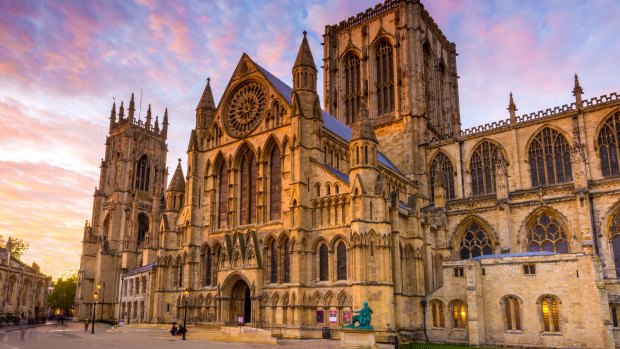
York Minster.Credit: iStock
YORK
York's crowning glory will always be York Minster, a Gothic masterpiece with a soaring towers and unspeakably elegant interior vaulting. But this should be regarded as the cherry on the top of York's medieval architecture, rather than the sole worthy exhibit. Barley Hall is a heavily restored townhouse that now plays host to a museum about magic, but its retro-fitted wooden frame gives it an evocative Middle Ages feel. For authenticity, the Merchant Adventurer's Hall – a medieval guildhall – takes the crown. Its timber frame, held together with wooden pegs, is the original, and the building dates back to 1357. See visityork.org
BRISTOL
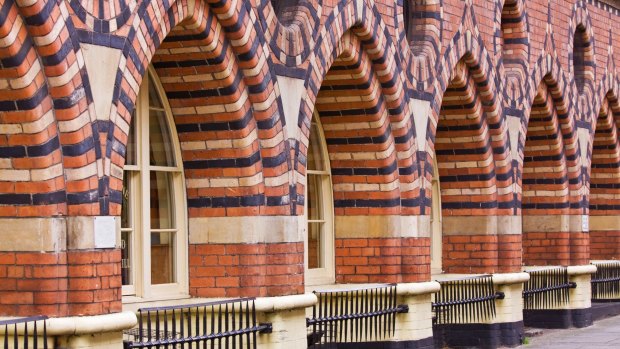
Credit: iStock
Between about 1850 and 1880, as Bristol was booming, Byzantine architecture came into fashion, and several examples of this "Bristol Byzantine" style are still standing. These include several old warehouses around the harbour, such as the Robinson's Warehouse with its decorative yellow and red brickwork and Moorish-leaning arches. Elsewhere, the Granary pulls off the Moorish arch trick over several stories, while Colston Hall – a popular venue currently closed for renovation - brings the look inside, too, with a foyer that survived when the rest of the building was twice-gutted by fire. The heaviest concentration of Bristol Byzantine buildings, however, can be found around Victoria Street. See visitbristol.co.uk
BATH
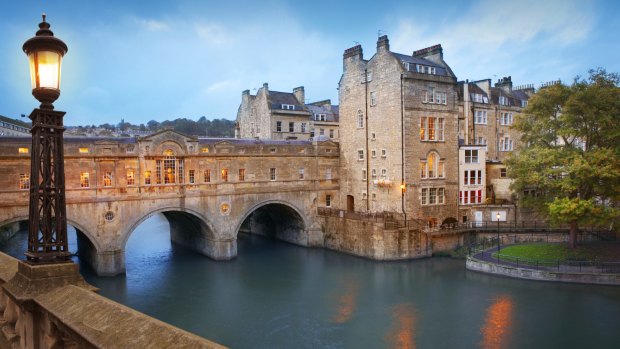
Credit: iStock
The town is brimful of Georgian architecture. The most famous example is the Royal Crescent, where a semicircle of grand townhouses, all perfectly symmetrical from the outside, overlooks the Royal Victoria Park. A similar trick is performed with the Circus, which uses three identical curving terraces to form a grand circle. But it's the uniformity of the building exteriors that makes Bath so impressive. The creamy, locally-quarried stone, Palladian neo-classicism and deliberate attempts at haughty grandeur are sprinkled throughout the city. It even extends to the bridges – the Palladian-style Pulteney Bridge over the River Avon is one of only four in the world to have shops across the full span on both sides. See visitbath.co.uk
GLASGOW
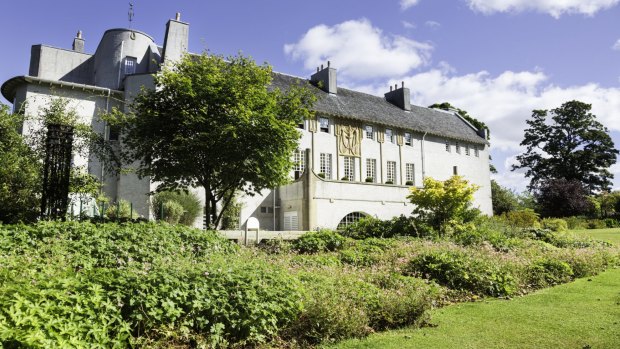
Credit: iStock
The distinctive look of this port city comes courtesy of one man – Charles Rennie Mackintosh, who was influenced by the Arts and Crafts movement and Japanese styles, but came up with something identifiably his own. Long, slender lines, stylised floral elements and elegant restraint when it comes to ornamentation are his hallmarks. Of the buildings still standing, the most popular (partly because you can have afternoon tea there) is the Willow Tearooms on Sauchiehall Street. But others worth checking out include Mackintosh House on the University campus and Mackintosh Church on the North Side. Most dreamy of all, though, is the House For An Art Lover, built from Mackintosh's designs long after he died. The interior elements are sumptuous. See peoplemakeglasgow.com
CHESTER
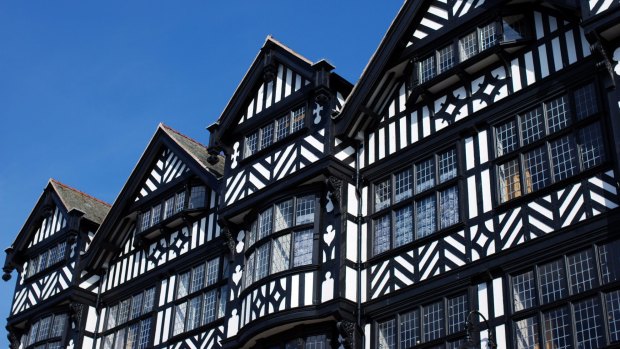
Credit: iStock
At first glance, the appealing walled city of Chester looks like it comes from the Tudor period. But much of the look comes from the 19th century, when the Tudor look came back into fashion. Known as the Black and White Revival, this saw a mushrooming of white-painted buildings with black-painted wooden frames and beams. The best sightings are at the Chester Cross junction, where bay windows typical of the style overhang the street. It's also present in the Rows, which are galleried walkways at first-floor level along Chester's four main streets. See visitcheshire.com
MANCHESTER
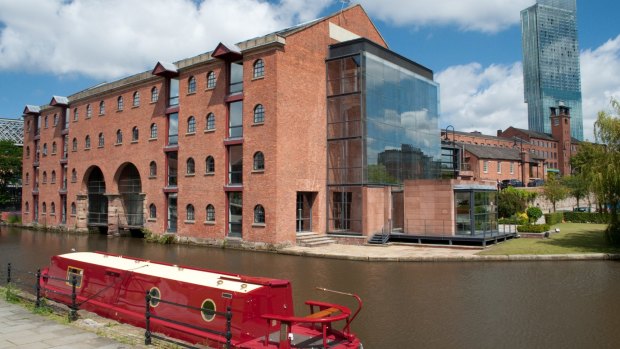
Credit: iStock
Once the global hub of the cotton industry, Manchester's signature building is the red brick warehouse. These behemoths are spread around the city, although many have since been repurposed. These include the gigantic Victoria Warehouse, which is now a hotel and live music and events venue, as well as the Marriott Victoria and Albert Hotel. The greatest concentration, though, comes in the Castlefield neighbourhood. The terminus of the Bridgewater Canal – the world's first industrial canal – was here, and the ocean of red brick around it has been deliberately preserved. See visitmanchester.com
David Whitley was a guest of Visit Britain and the relevant regional UK tourist boards.
Sign up for the Traveller Deals newsletter
Get exclusive travel deals delivered straight to your inbox. Sign up now.